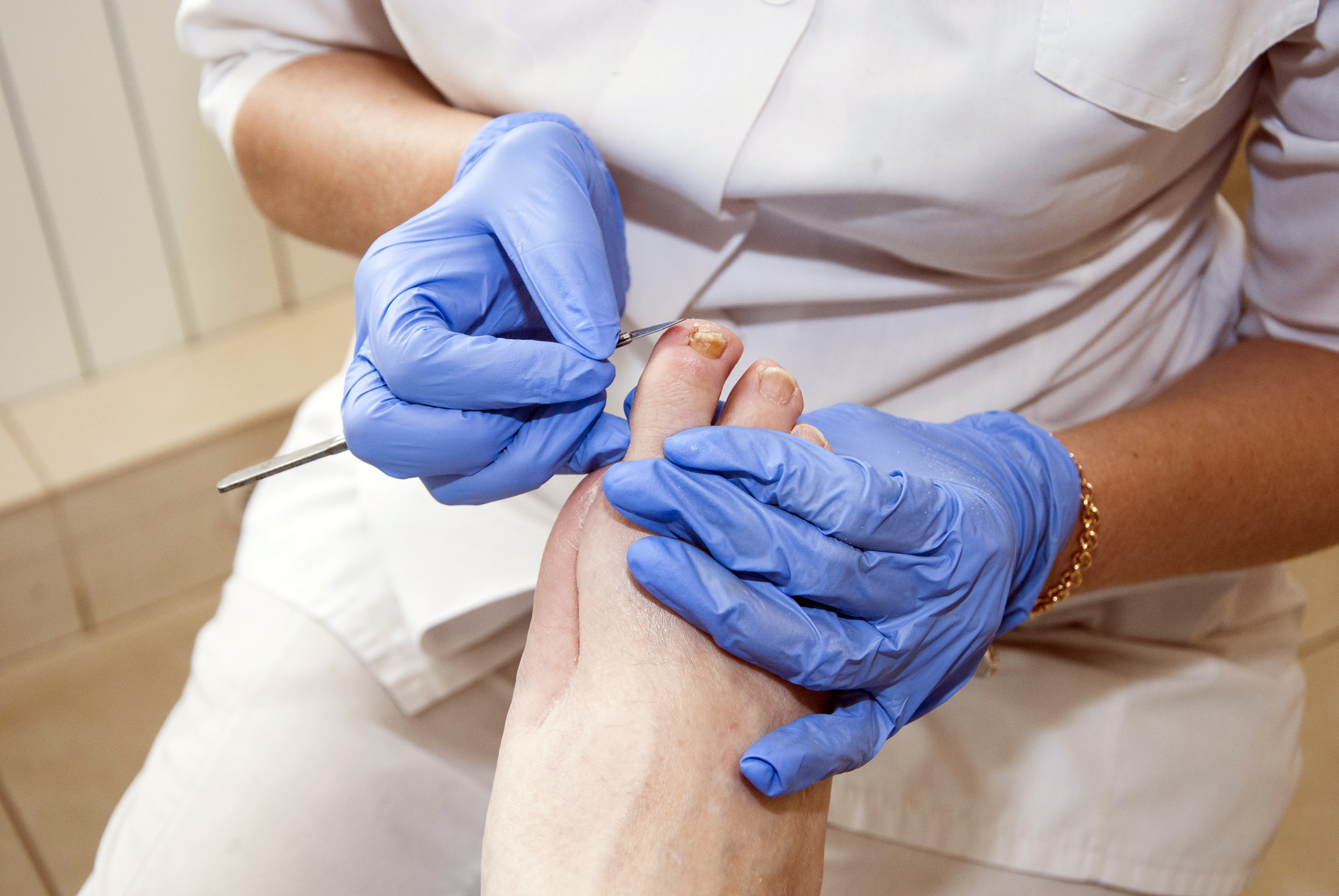According to the United States Centers for Disease Control and Prevention, more than 29 million Americans have diabetes but nearly 1 in 4 people don’t know that they have the disease. People with diabetes have an increased risk for serious health complications including vision loss, heart disease, stroke, kidney failure and amputation of toes, feet or legs.
Diabetics can suffer nerve damage and poor blood circulation that makes skin, especially on the feet, susceptible to sores that can quickly worsen and may require amputation of a toe, foot or part of a leg when ulcers don’t heal. Patients with diabetes who also smoke, have high blood sugar levels, nerve damage in the feet and calluses or corns are at an increased risk for amputation.
Older adults are one of the fastest growing segments of the diabetic population; nearly one-third of Americans over the age of 65 have diabetes but half of those are undiagnosed. And an additional one-third of U.S. seniors have pre-diabetes. With a rapidly aging population, diabetes is a growing health burden and considered a worldwide epidemic.
In addition to managing diabetes well with a healthy diet, exercise, medication and blood sugar monitoring, there are a number of strategies to prevent complications from foot sores. According to the Mayo Clinic, people with diabetes should inspect their feet daily for any sores, redness, tenderness or swelling. Older adults who may have difficulty reaching their feet can place a mirror on the floor to check their feet or ask someone to help.
Foot Care for Diabetes
- Wash feet daily using warm, not hot water.
- Dry feet thoroughly but gently, especially in between toes.
- Use a pumice to gently remove calluses.
- Apply a moisturizer to keep skin supple and prevent cracking
- Talcum powder or cornstarch sprinkled between toes will keep skin dry
- See a podiatrist regularly and to treat any foot lesions such as corns, bunions or warts.
- Trim nails carefully, straight across, filing any sharp edges. (a trained caregiver may help with this task).
- To prevent injury, do not go barefoot, even around the house.
- Buy supportive, well-fitted shoes that do not crowd toes or have high heels.
At the first sign of any foot problem; an ingrown toenail, blisters, warts, an open sore, redness or swelling, contact your doctor immediately.
Source: Mayo Clinic
For more information about proper foot care for people with diabetes, follow this link to the American Diabetes Association.






Add Your Voice
0 Comments
Join the Discussion